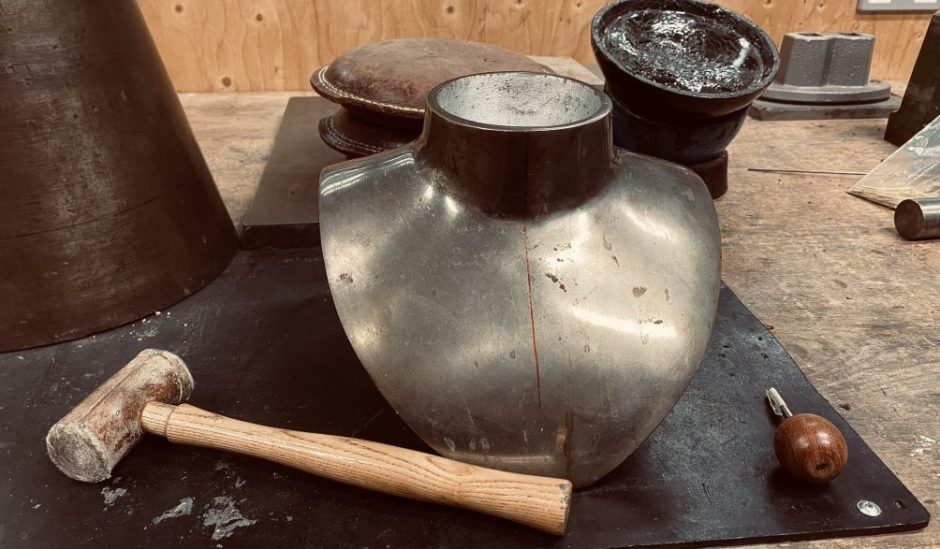Knowing and meeting the needs of diverse learners
Contextual Background
Having been a Technical specialist for over 20 years at central Saint martins for both the BA and MA jewellery design courses, I’ve supported student cohorts from diverse backgrounds and with a wide range of needs.
My teaching is workshop based and only in the last 4 years have addition tools been made available for adapting teaching strategies.
Evaluation
Language is often a common obstacle for overseas students and especially niche terms within a specialism. Without a method to recap or have an element of self paced learning this can be compounded over time and students miss out on key components.
Differentiated learning can address some of these issues by offering multiple pathways of learning that may suit a students individual needs and be more inclusive and effective. (Tomlinson 1999)
I often watch a group being given instructions or a demonstration and there will always be a couple of students who can’t see, are distracted or struggle with understanding the exercise. This is made all the harder where we are working on a very small scale with details that can be in the sub-millimetre level of intricacy.
Moving forwards
During the Covid period we produced extra instructional reading material that could be downloaded and this was eventually incorporated into the Technical Moodle site.
When the students returned and distancing had to be maintained we demonstrated with some video cameras connect to large screens which had surprising results in the ability of students paying closer attention to demonstration.
We have now moved onto to several large wall mounted screens and integrated audio system that can have live demos relayed from both the main workshops and a separate one that has a fully setup camera, mic and recording system.
This has allowed us to recored live demos that students could go back to in their own time and rewatch the original demo and not just one that is similar to their problem.
This visual and auditory method of relaying these fine detailed exercises has been received well by students and we are gradually building a database of processes and techniques that students can view in their own time an pace of learning.
Some of these have accompanying documentation but this is something I would like build on to make a more comprehensive package.
I hope to make the system “plug-n-play” whereby other staff members needed limited instruction to use the system and individual sessions with a students making problem can be recorded for their own reference and be added to our database for others to view the solution that may be of similar help.
Students are comfortable with the wide use of social media and perhaps a similar style of recording instructional content would work well as many craft and design professionals now use this method to develop interest in their skills and product.
References
Differentiating Instruction in Response to Student Readiness, Interest, and Learning Profile in Academically Diverse Classrooms: A Review of Literature
Carol Ann Tomlinson, Catherine Brighton, Holly Hertberg, Carolyn M. Callahan, Tonya R. Moon, Kay Brimijoin, Lynda A. Conover, & Timothy Reynolds
(Tomlinson 1999) https://files.eric.ed.gov/fulltext/EJ787917.pdf
